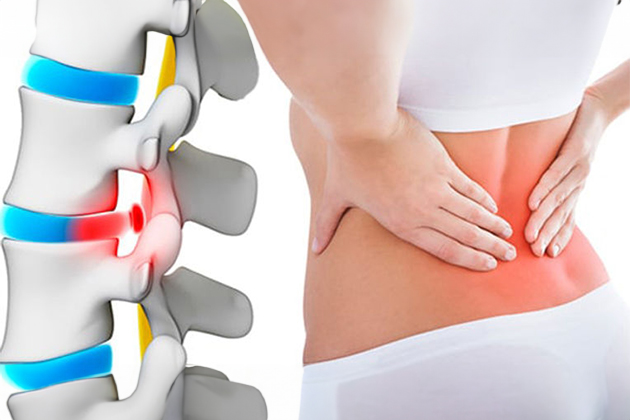
Spinal Cord Injuries: Causes, Effects, and Treatment Options
What are Spinal Cord Injuries?
Spinal cord injuries are serious conditions that occur due to trauma or disease, resulting in damage to the nerve tissue in the spine. In the neck and chest regions, the spinal cord is referred to as the cauda equina, where nerve fibers gather in a tail-like formation in the lower parts of the spine. The spinal cord and nerves facilitate nerve transmission between the brain, arms, and legs, controlling movement and sensation. Damage to the spinal cord can lead to loss of sensation and movement.
Causes of Spinal Cord Injuries
The primary factors causing spinal cord injuries include:
- Motor Vehicle Accidents: The most common cause in developed societies.
- Violence: Injuries from guns and knives.
- Sports Injuries: Particularly in high-risk sports.
Effects of Spinal Cord Injuries
Spinal cord injuries can have permanent impacts on a person’s life. The effects include:
- Loss of Sensation: Can vary depending on the damaged area.
- Loss of Movement: Partial or complete paralysis.
- Secondary Complications: Syringomyelia, spinal deformities, chronic pain.
Diagnosis of Spinal Cord Injuries
The diagnosis of spinal cord injuries is typically made using the following methods:
- X-ray: Visualizes fractures and dislocations.
- Computed Tomography (CT): Provides detailed bone images.
- Magnetic Resonance Imaging (MRI): Detects soft tissue damage.
Treatment of Spinal Cord Injuries
Treatment options vary depending on the severity and location of the injury:
- Braces and Neck Collars: May be sufficient in some cases.
- Surgical Intervention: Performed to stabilize the spinal cord and reduce pressure.
- Rehabilitation: Focuses on muscle strengthening and increasing functional capacity.
How to Prevent Spinal Cord Injuries
Preventive measures include:
- Education: Informing children and young adults about spinal cord injuries and prevention methods.
- Safe Driving: Promoting the use of vehicles without alcohol consumption.
- Use of Protective Equipment: Especially in sports and hazardous activities.
What to Do in Case of a Spinal Cord Injury
Actions to take after a spinal cord injury include:
- Immobilization: Immobilize the patient after the accident.
- Quick Medical Assistance: Seek medical help as soon as possible.
- Gather Information: Obtain accurate information about the patient’s condition.
Frequently Asked Questions
Spinal cord injuries are serious conditions that occur due to damage to the nerve tissue in the spine caused by trauma or disease. The spinal cord in the neck and chest regions is referred to as the spinal cord, while the lower parts are known as the cauda equina, where nerve fibers gather like a horse’s tail. The spinal cord and nerves facilitate nerve transmission between the brain, arms, and legs, and control movement and sensation. Damage to the spinal cord can result in loss of sensation and movement.
Measures to prevent spinal cord injuries include:
Education: Inform children and young adults about spinal cord injuries and prevention methods.
Safe Driving: Promote driving without alcohol consumption.
Use of Protective Equipment: Especially in sports and hazardous activities.
Steps for patients and their relatives to take after a spinal cord injury:
Immobilization: Immobilize the patient after the accident.
Quick Medical Assistance: Seek medical help as soon as possible.
Get Information: Ensure accurate information about the patient’s condition.

